Looks to me as though there is either a bug, or some undocumented nuance to applying tintColor on CLKSimpleTextProvider.
As per documentation on CLKSimpleTextProvider's tintColor:
tintColor
The tint color to use for text.
Discussion
On clock faces that support custom colors, this color is applied to the text in your text provider.
Ref: https://developer.apple.com/documentation/clockkit/clktextprovider/1627929-tintcolor
Now... after choosing the multi-color Modular watch face, we can observe that the headerTextProvider.tintColor works as documented and does apply the specified UIColor.
but...
body1TextProvider.tintColor and body2TextProvider?.tintColor does not work as documented as it does not apply the given UIColor.
Showing us that the documented behavior is not applied uniformly across all textProviders.
However...
I noticed that if you set the CLKComplicationTemplate's tintColor to something, then body1TextProvider and body2TextProvider become white, even if you're trying to set another color like blue/yellow/etc.
Luckily, you want it white so simply modularLarge.tintColor = .red (or a UIColor matching your theme) will get you your white body texts.
Summary:
No need to do the following (remove/keep, doesn't matter):
modularLarge.body1TextProvider.tintColor = self.whiteColor
modularLarge.body2TextProvider?.tintColor = self.whiteColor
Instead, do this before calling handler:
modularLarge.tintColor = UIColor.red
Solution:
let modularLarge = CLKComplicationTemplateModularLargeStandardBody()
modularLarge.tintColor = .red //do this
modularLarge.headerTextProvider = CLKSimpleTextProvider(text: dateText.capitalized)
modularLarge.headerTextProvider.tintColor = self.tintColor
modularLarge.body1TextProvider = CLKSimpleTextProvider(text: timeText)
modularLarge.body2TextProvider = CLKSimpleTextProvider(text: "00:00")
handler(CLKComplicationTimelineEntry(date: Date(),complicationTemplate: modularLarge))
